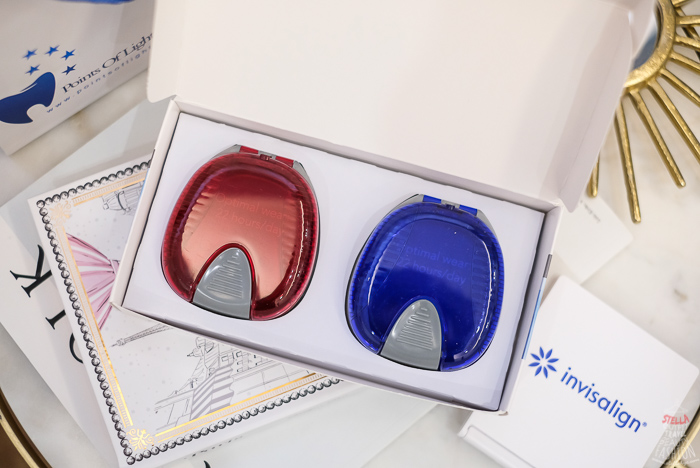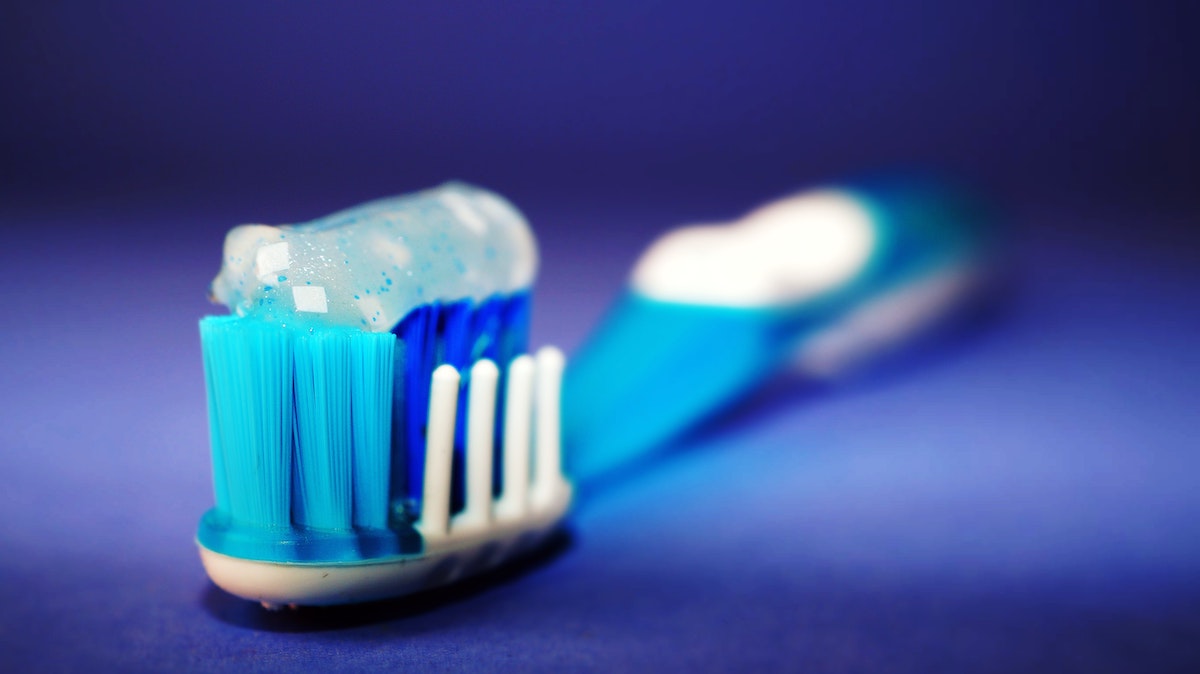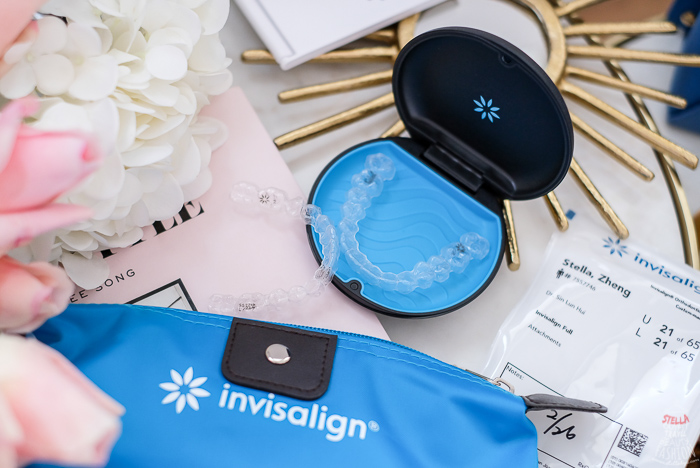People love the fact that Invisalign aligners are removable. It allows patients to eat whatever they want or just take a short break for things like a photo or job interview. It also allows wearers to keep the alignment trays—and their teeth—sparkling clean.
Some might think that because Invisalign trays are disposable (they are swapped out for a new set every two weeks or so) that keeping them clean is no big deal. But brushing teeth while never cleaning aligners is like putting dirty clothes back on after a shower. Dirty aligners can be a breeding ground for bacteria, causing everything from embarrassing bad breath to an increased chance of cavities.
Knowing how to clean Invisalign properly and adding to the daily dental hygiene routine is essential for good oral health.
Why Cleaning Invisalign Matters
Food and the bacteria that comes with it can get trapped by the immovable brackets and wires of braces. And dentists advise braces wearers against eating certain foods like caramel and nuts entirely. This is one reason why Invisalign often comes out on top when compared to traditional braces.
Food can still cause problems for people with Invisalign if they do not take the proper steps to keep them clean.
Bad breath. Saliva helps to naturally rinse away food and odors from teeth. Invisalign trays create a barrier so it can’t do its job. If particles are not cleaned off of the aligners, it will eventually result in bad breath.
Stains. Invisalign should be removed for eating and drinking. If they are left in while the wearer has spaghetti sauce, red wine, coffee, or something similar, it can leave stains behind. Instead of clear, the aligners might appear yellow or brown. This defeats the purpose of a discrete method of teeth straightening.
Bacteria buildup. Failing to clean teeth and aligners results in germs and bacteria growing in your mouth. Yuck!
Cavities. Bacteria in the mouth can create the cavity causing substance called plaque. While Invisalign can not cause cavities, wearing trays can trap plaque against the teeth for long periods of time. This gives decay a chance to attack a tooth in the form of a cavity.
Gum irritation. Wearing dirty Invisalign aligners can irritate gum tissue and allow gingivitis or gum disease to take hold.
How to Clean Invisalign

The best protection against these problems is good dental hygiene that includes regularly cleaning the Invisalign trays. A routine of rinsing, brushing, and soaking the trays will keep them fresh, clear, and germ-free. It is easiest to add caring for the aligners to the regular teeth brushing and flossing schedule. The process does not take long but it is best when it becomes a habit.
For the cleanest mouth during Invisalign treatment, follow these tips and guidelines:
- Remove the aligners for all food and beverages to avoid stains.
- Rinse Invisalign trays with water every time they are removed.
- Store Invisalign in a protective case whenever they are not in the mouth. Not only will this keep them clean, it will prevent damage or accidentally throwing them away.
- Brush Invisalign twice a day, ideally when brushing teeth.
- Clean with a small amount of clear liquid dish or hand soap. Rinse well after cleaning.
- Keep a soft-bristled toothbrush for use only on the aligners. Brush gently without scrubbing so they are not scratched or damaged. A baby or infant brush works well.
- Use a cleanser approved for aligners to soak the trays. Brush and rinse well after soaking.
If dry mouth or bad breath is an occasional problem, try a breath freshener or mint such as Movemints, made specifically for Invisalign users.
Where to Buy Invisalign Cleaning Crystals and Other Cleansers
Invisalign has its own products to clean and sterilize aligner trays. These come as foams and sprays for regular use. Liquids such as Steraligner and Invisalign Cleaning Crystals (that dissolve in water) are used for soaking. These use sodium bicarbonate and sodium sulfate for deep cleaning and disinfecting.
Other brands sell similar products over-the-counter and online, including special brushing gel and mouthwash. It is important to make sure that whatever is used is safe and will not harm the Invisalign plastic. In general, anything that is specially made for use on retainers is also safe for aligner trays.
Talk to the dentist administering the Invisalign treatment to see what they recommend. Many of these items recommend daily use. The dentist can give advice about how often they are necessary and what will work best.
Does it Matter How Your Invisalign is Kept Clean?

Just as important as how to clean Invisalign is how not to clean Invisalign. Although they are durable, the plastic trays can be damaged if treated incorrectly.
Never use the following things to clean Invisalign trays:
Denture cleaner. Dentures are made of very different materials than Invisalign. These cleansers are way too strong and abrasive and will harm the plastic.
Mouthwash. There are some mouthwash products that are formulated for use with retainers. Check with the dentist before using them and definitely stay away from any product that contains alcohol.
Toothpaste. Many people are surprised to learn that they should not use toothpaste to brush their Invisalign aligners, but it is true. Instead, use clear liquid soap or a product made specifically for aligner trays.
Scented or colored soaps. Even though hand or dish soap is recommended, make sure it is clear and unscented. Dyes in tinted soap products can stain the trays. Scents may not be rinsed off completely and the residue will leave a bad taste in the mouth.
Hard toothbrush. Stiff brush bristles can scratch Invisalign plastic. Instead use a soft brush or even a child’s toothbrush and be gentle.
Hot water. Do not clean Invisalign trays with hot water. The heat can soften the plastic and warp the aligners. Treatment relies on the exact shape of the trays to move the teeth into position. Warping will interfere with the process.
Keep Teeth and Aligners Clean During Straightening
To get the most out of Invisalign treatment, commit to keeping your mouth and your aligners clean and fresh. It doesn’t make much sense to have beautifully straight teeth that are riddled with cavities or that look and smell bad.
If you are interested in Invisalign, our online tool can get you started by finding an Invisalign dentist near you.


